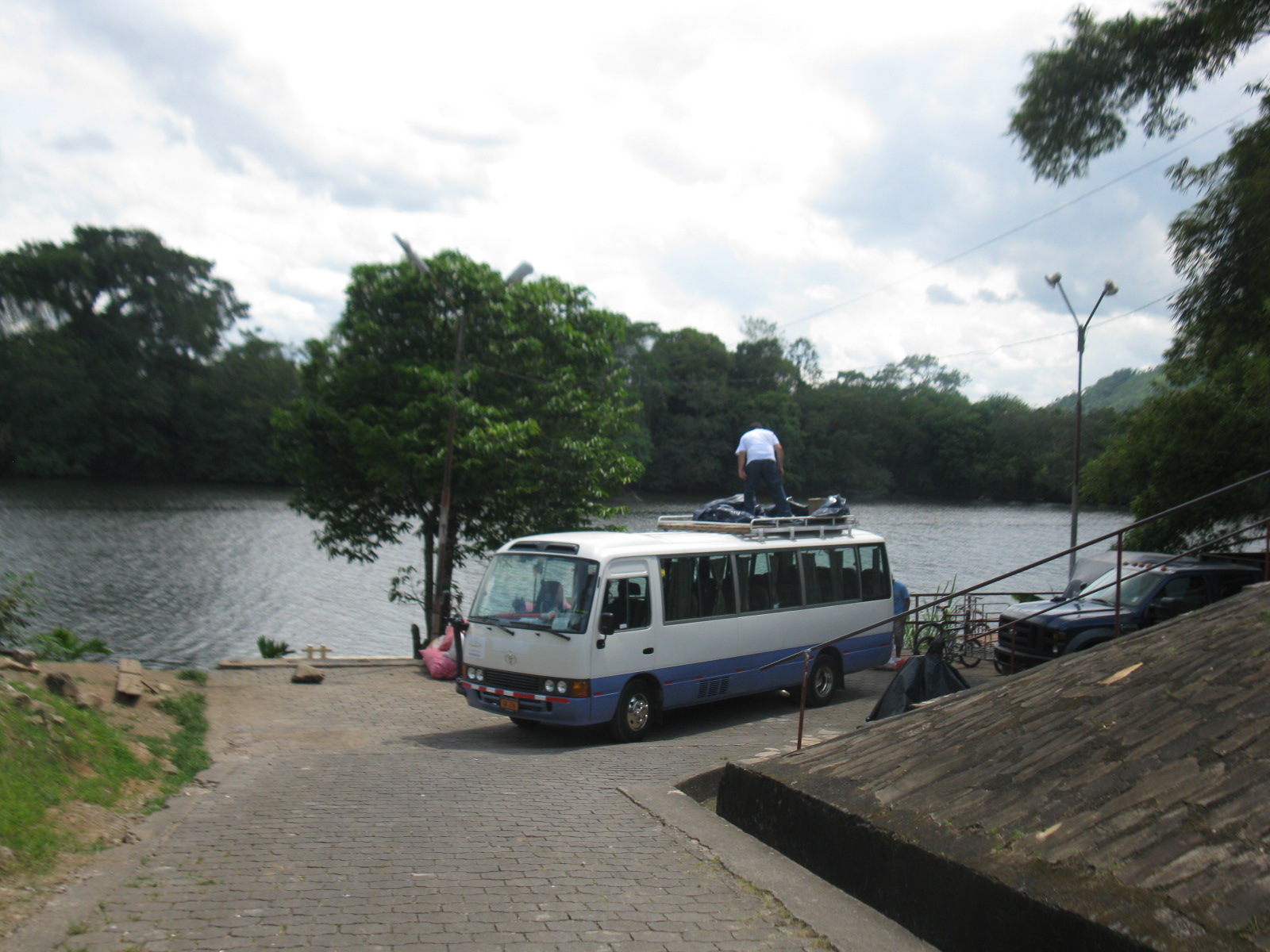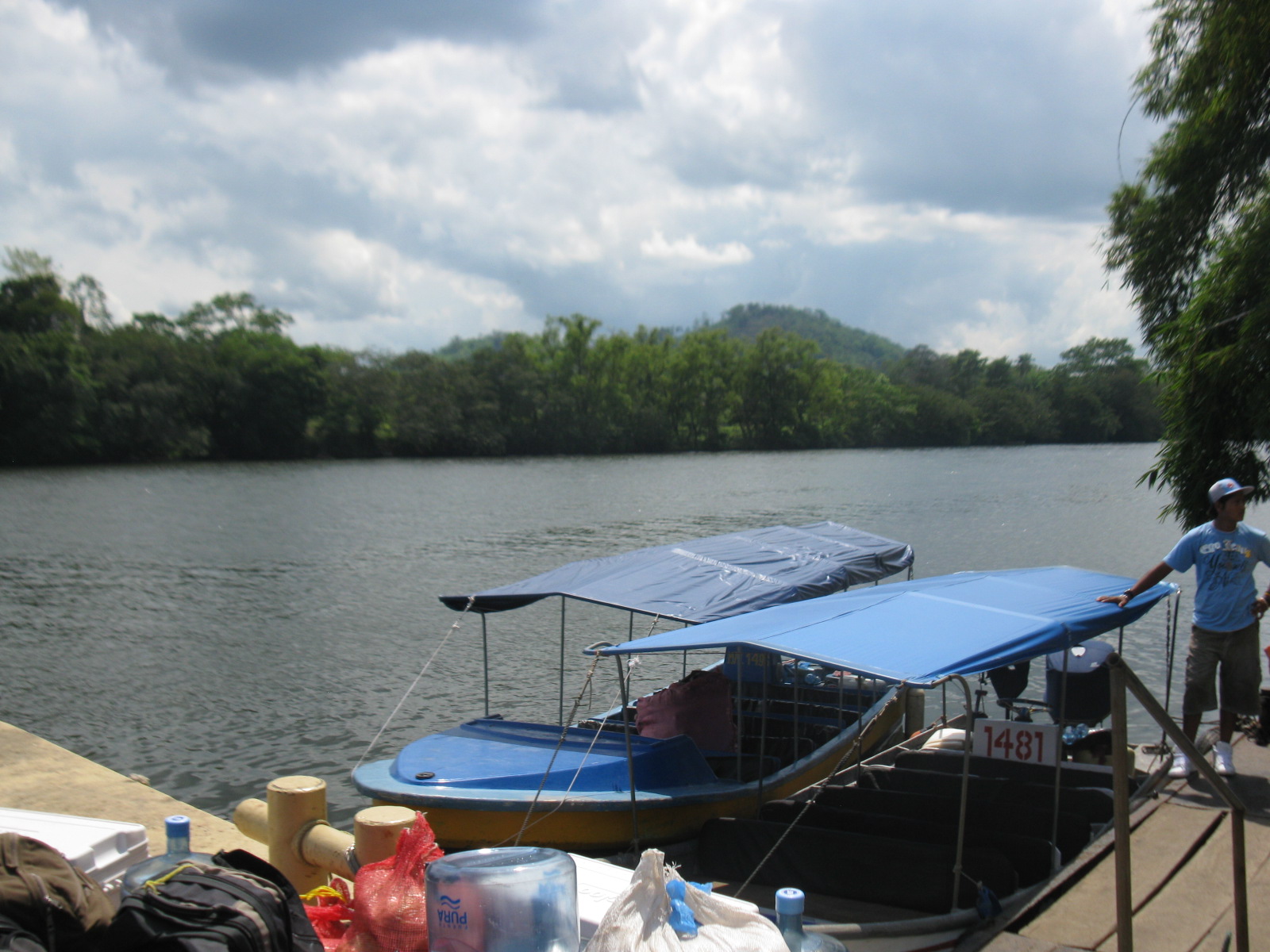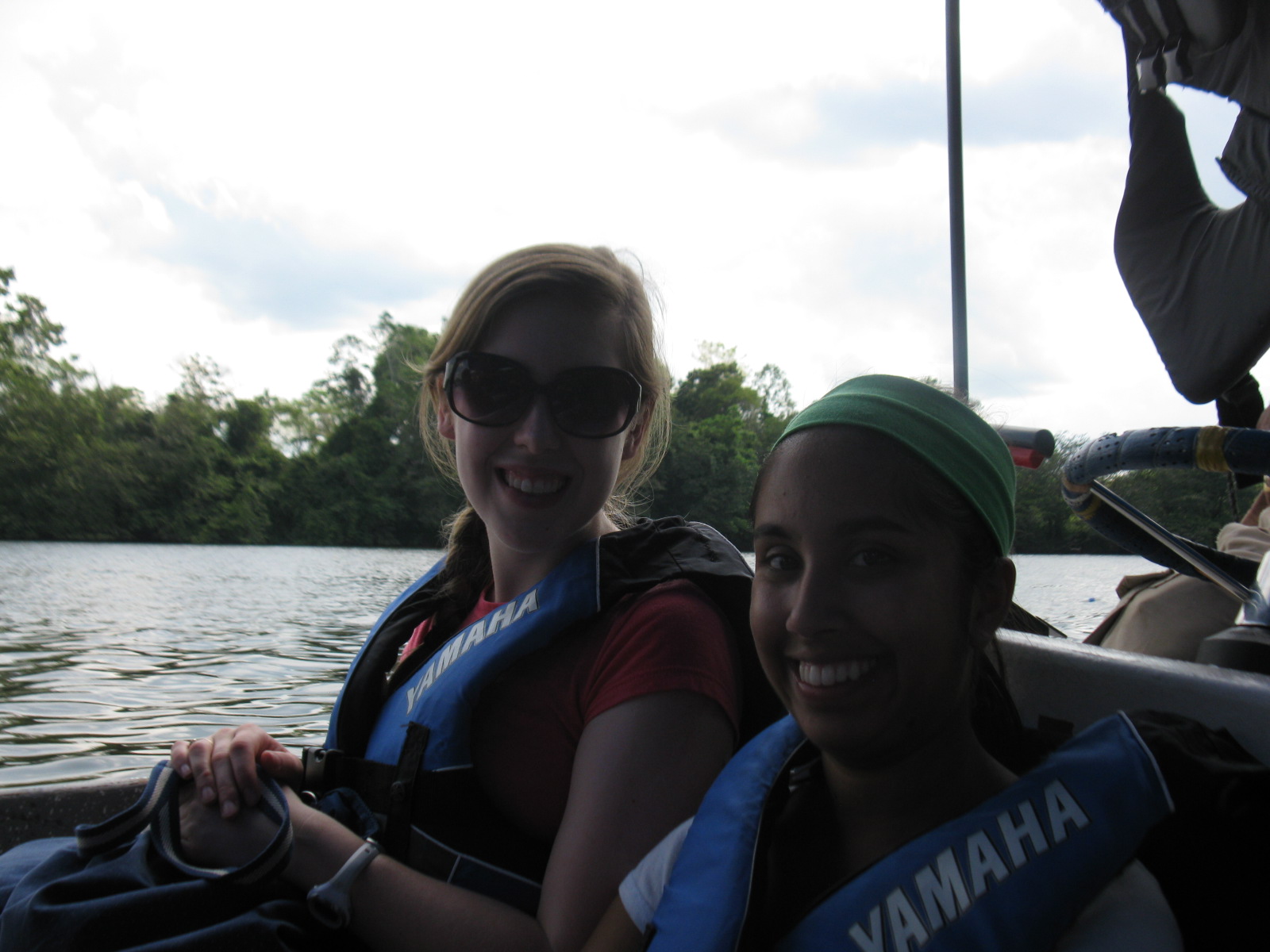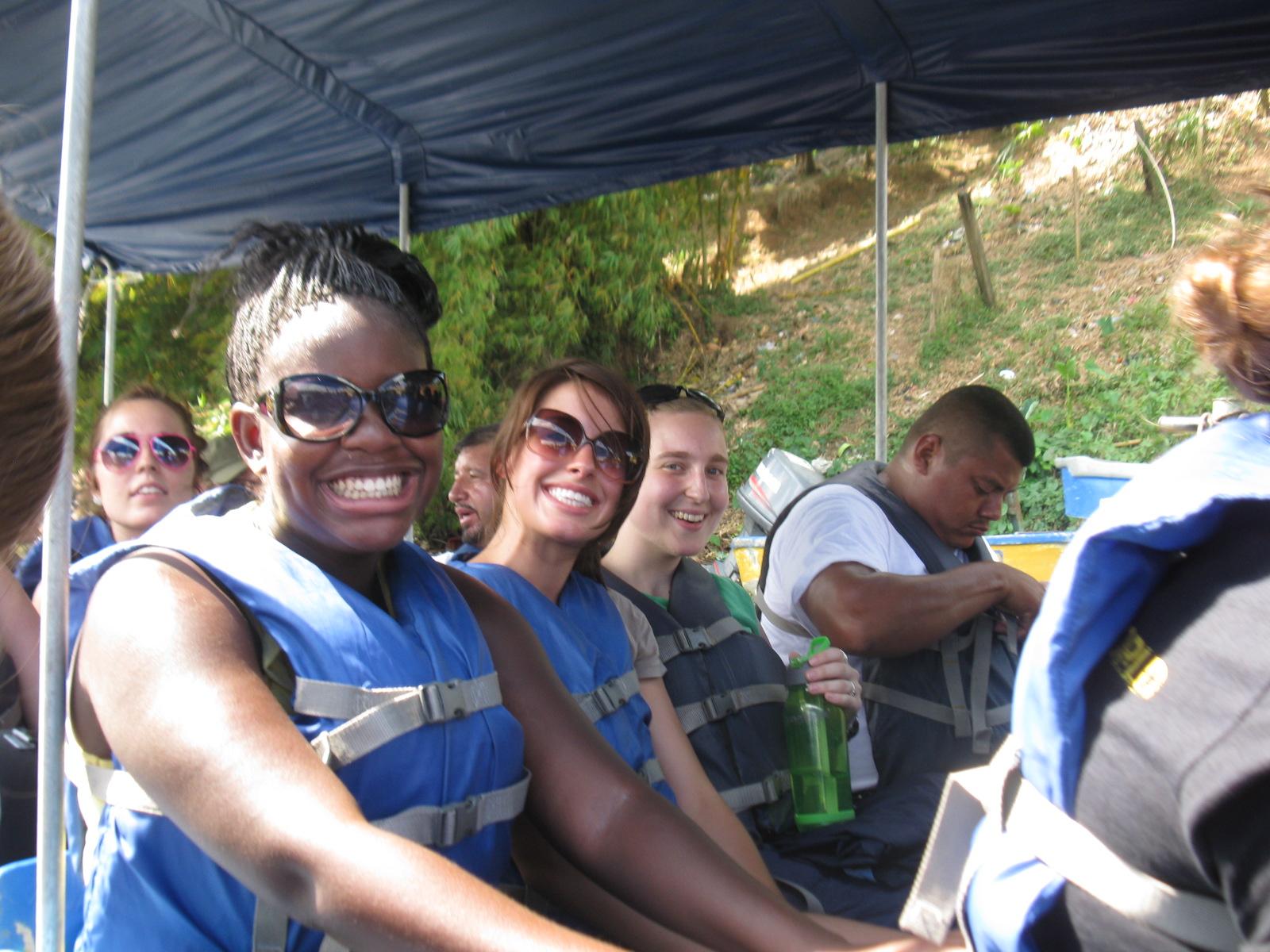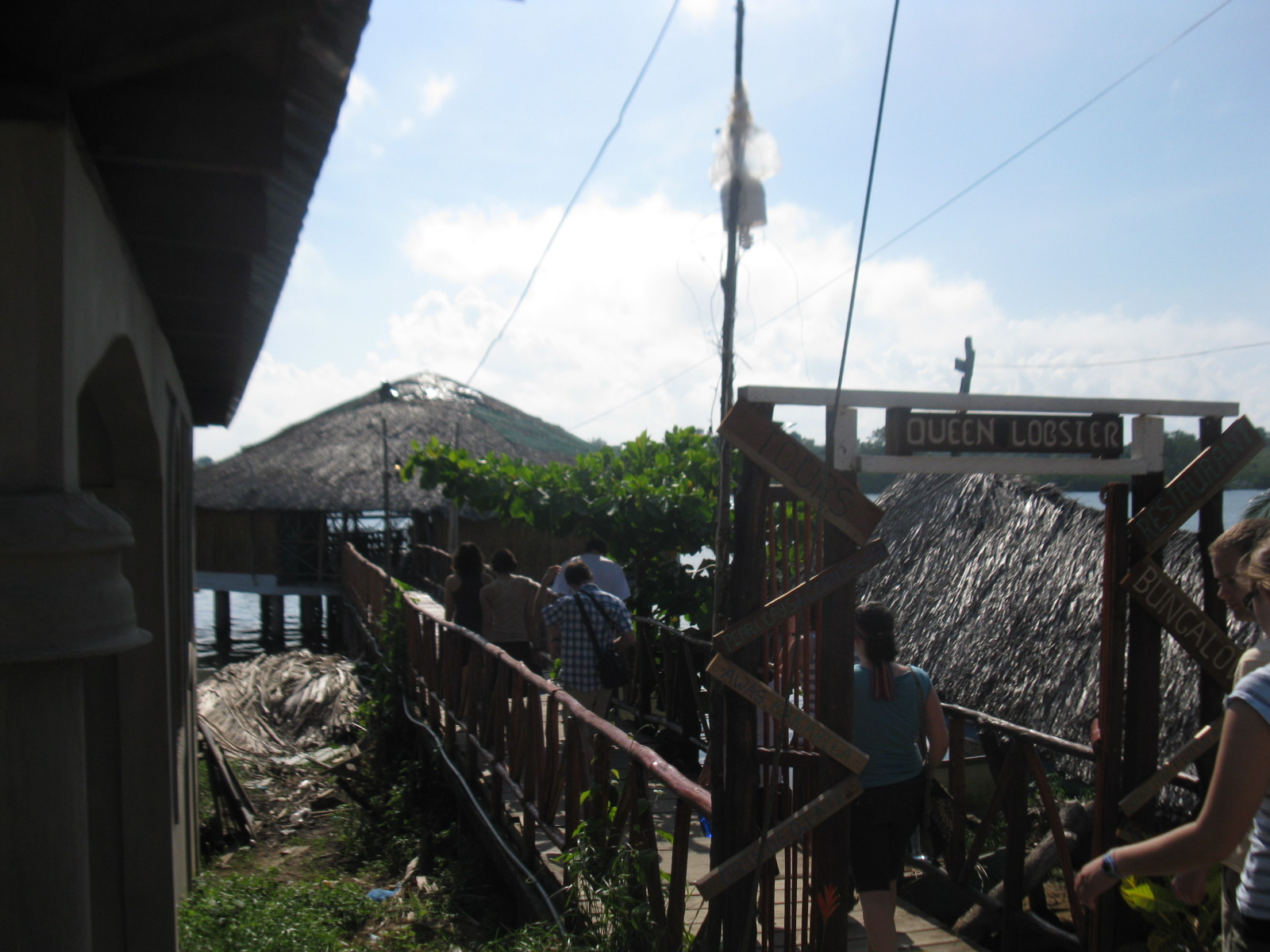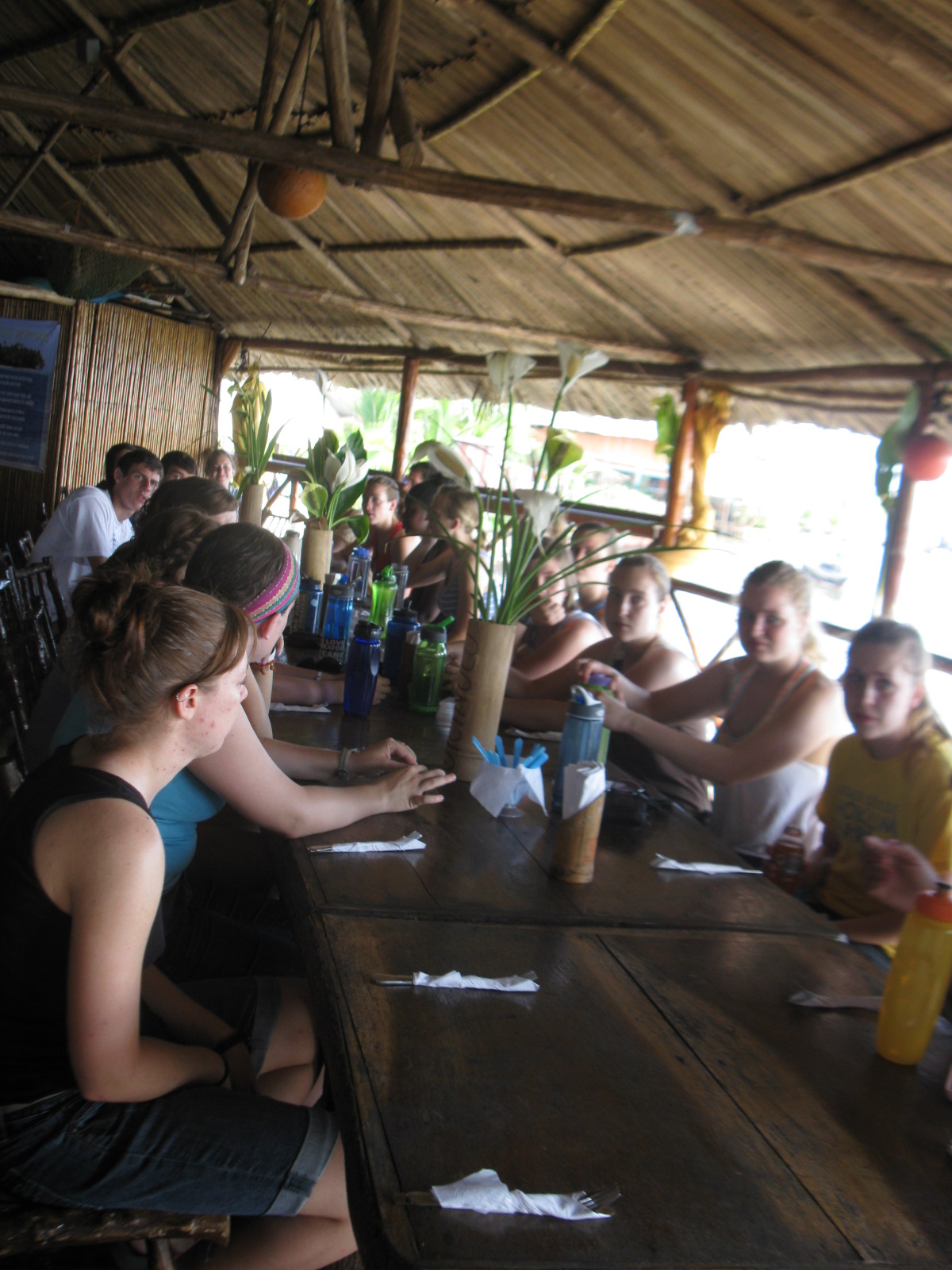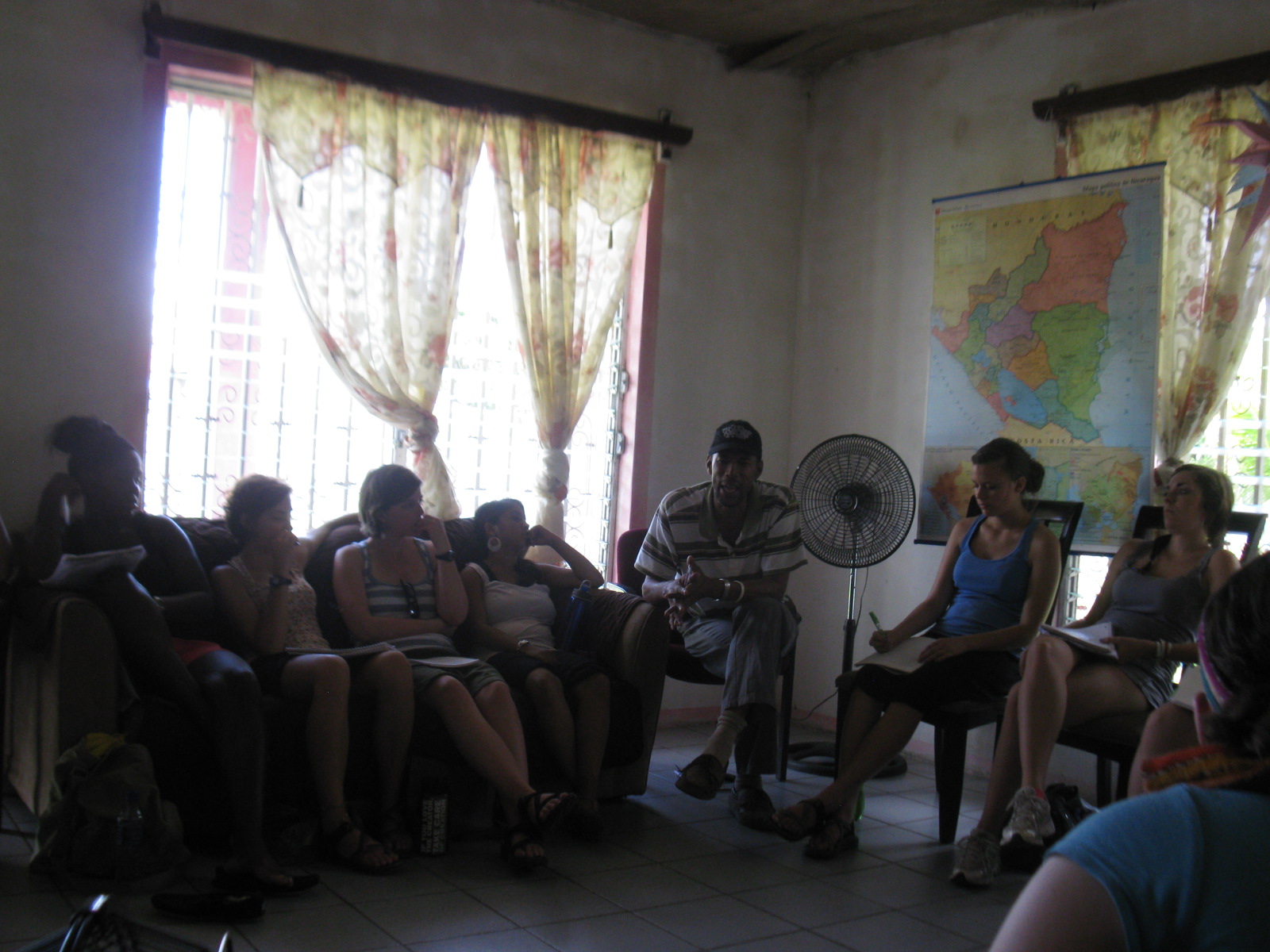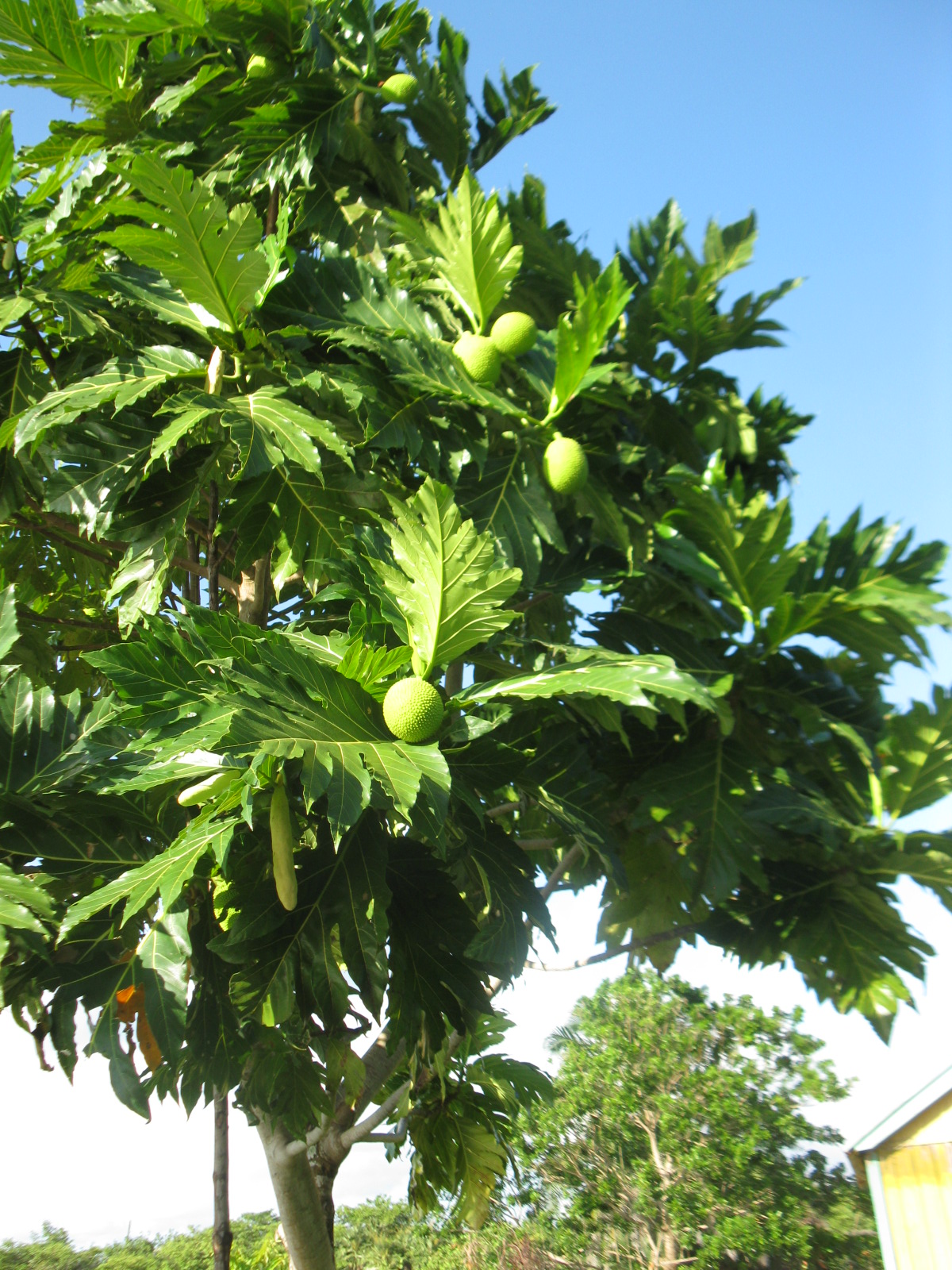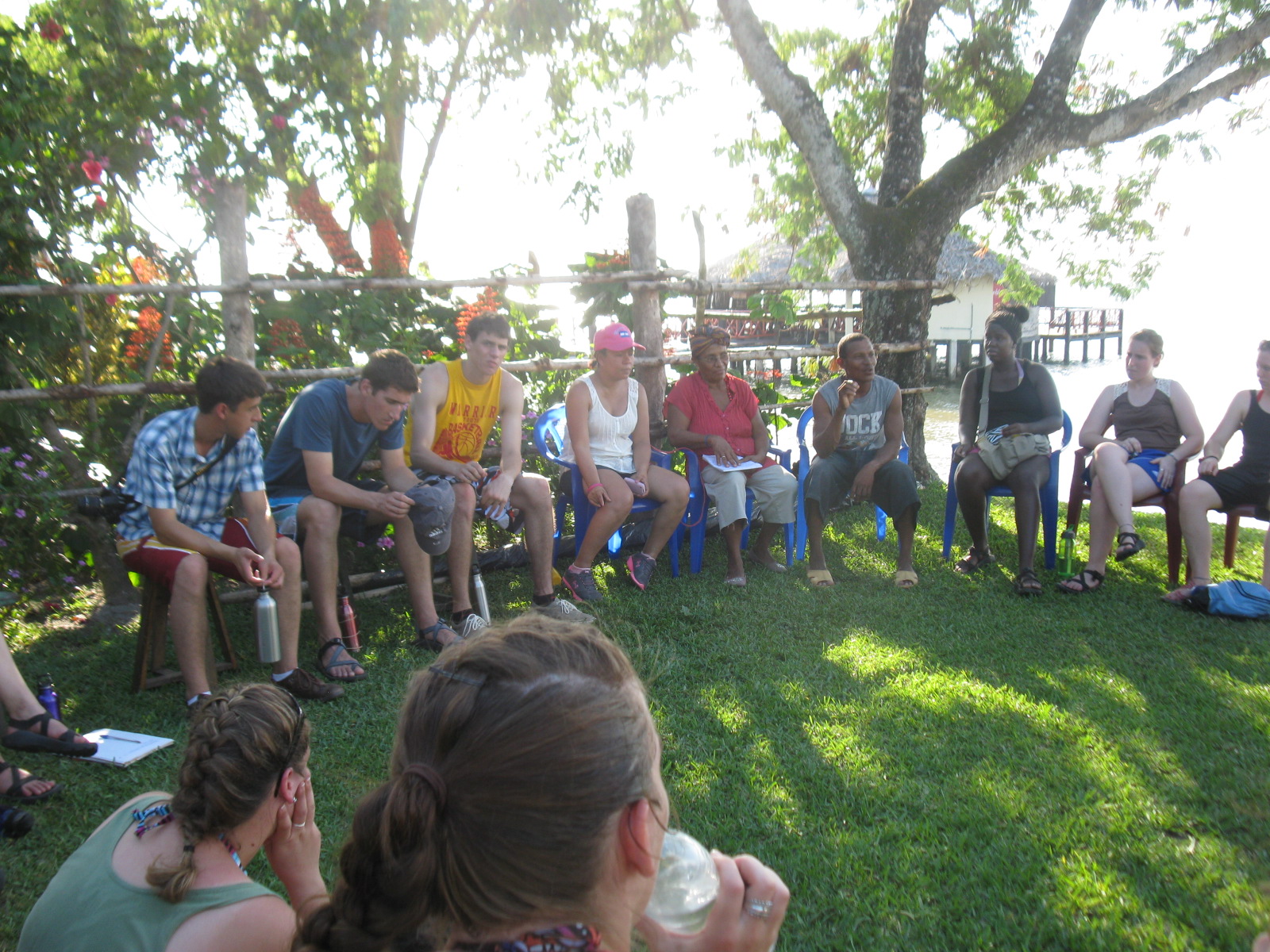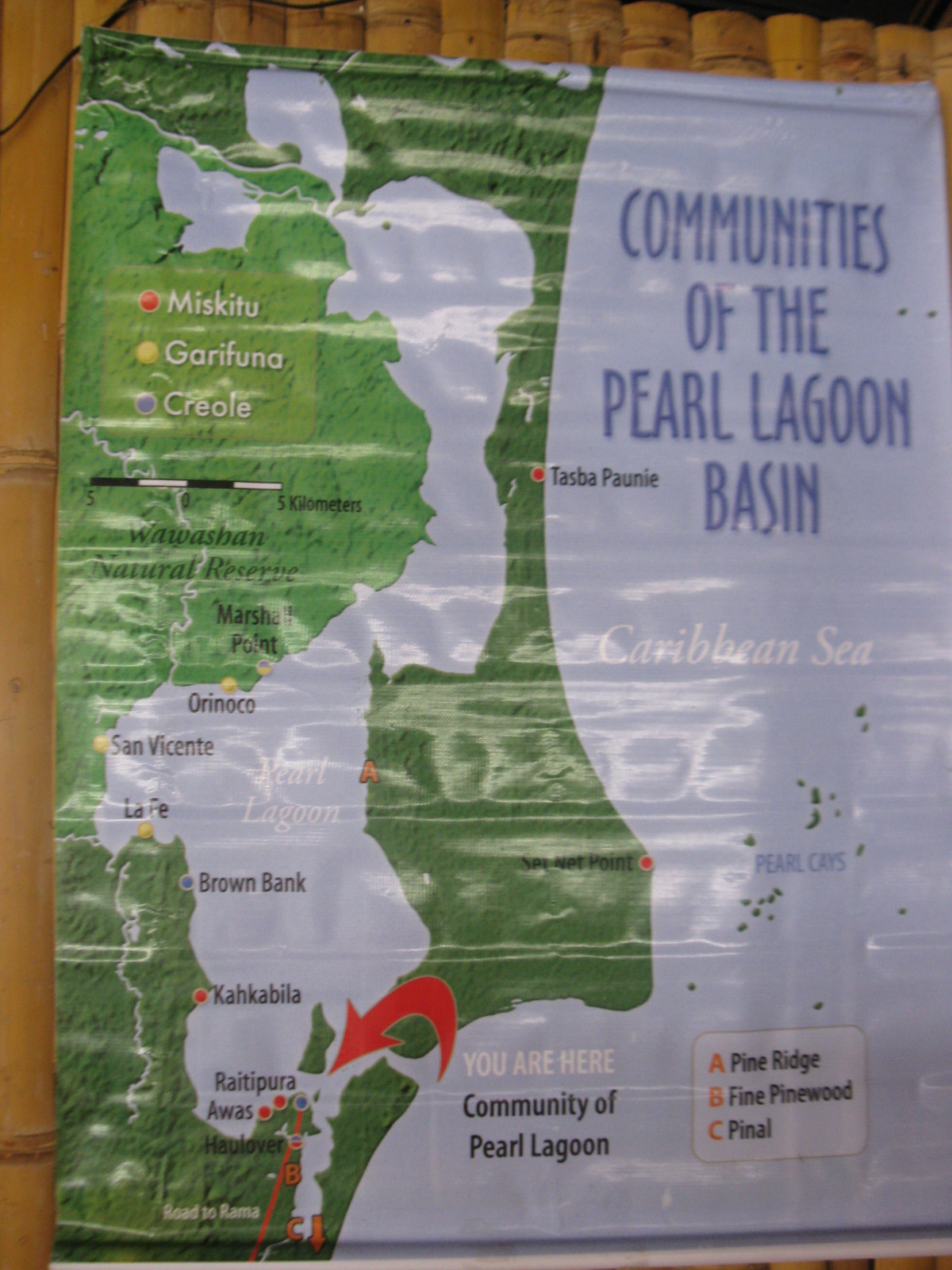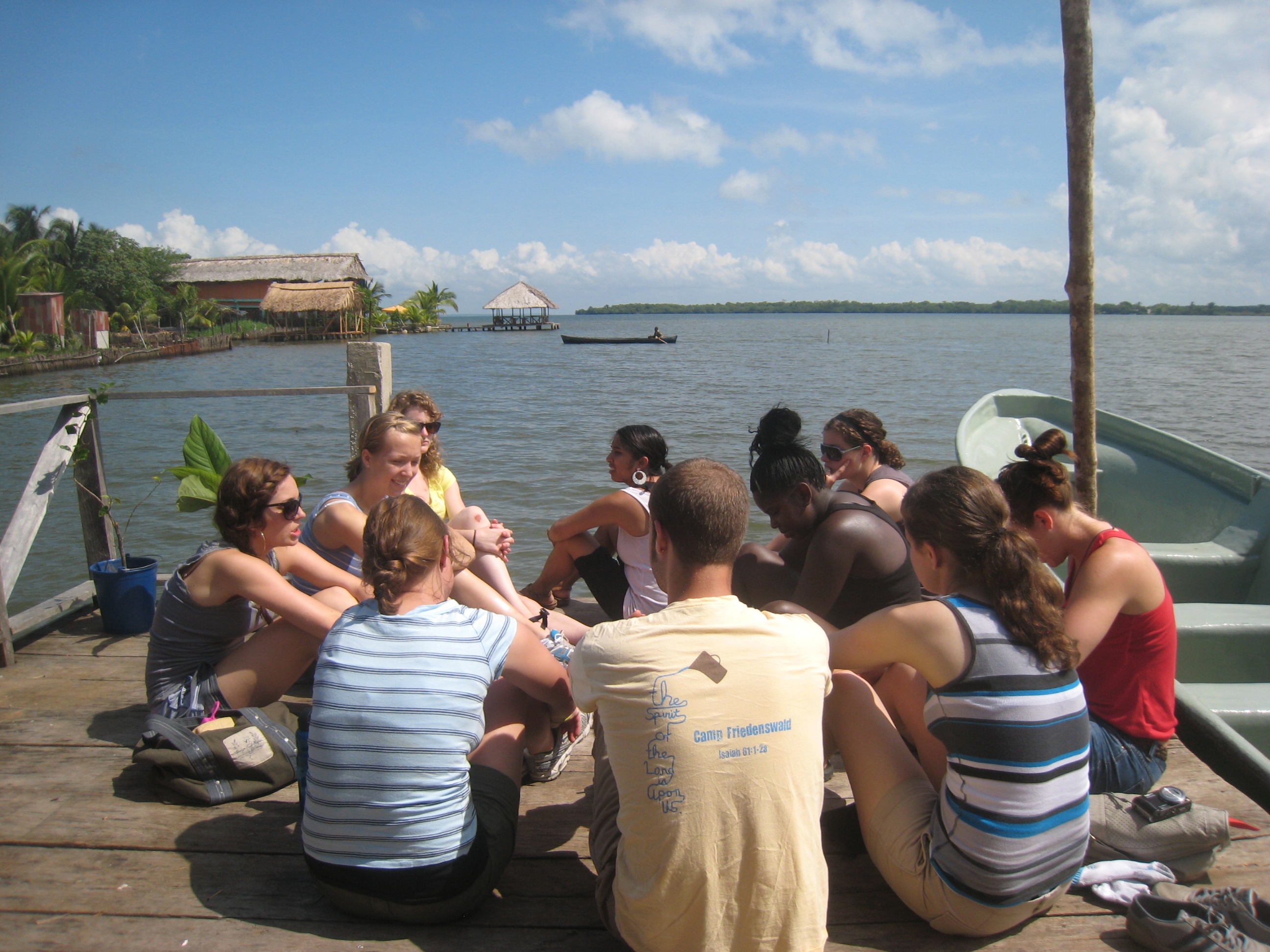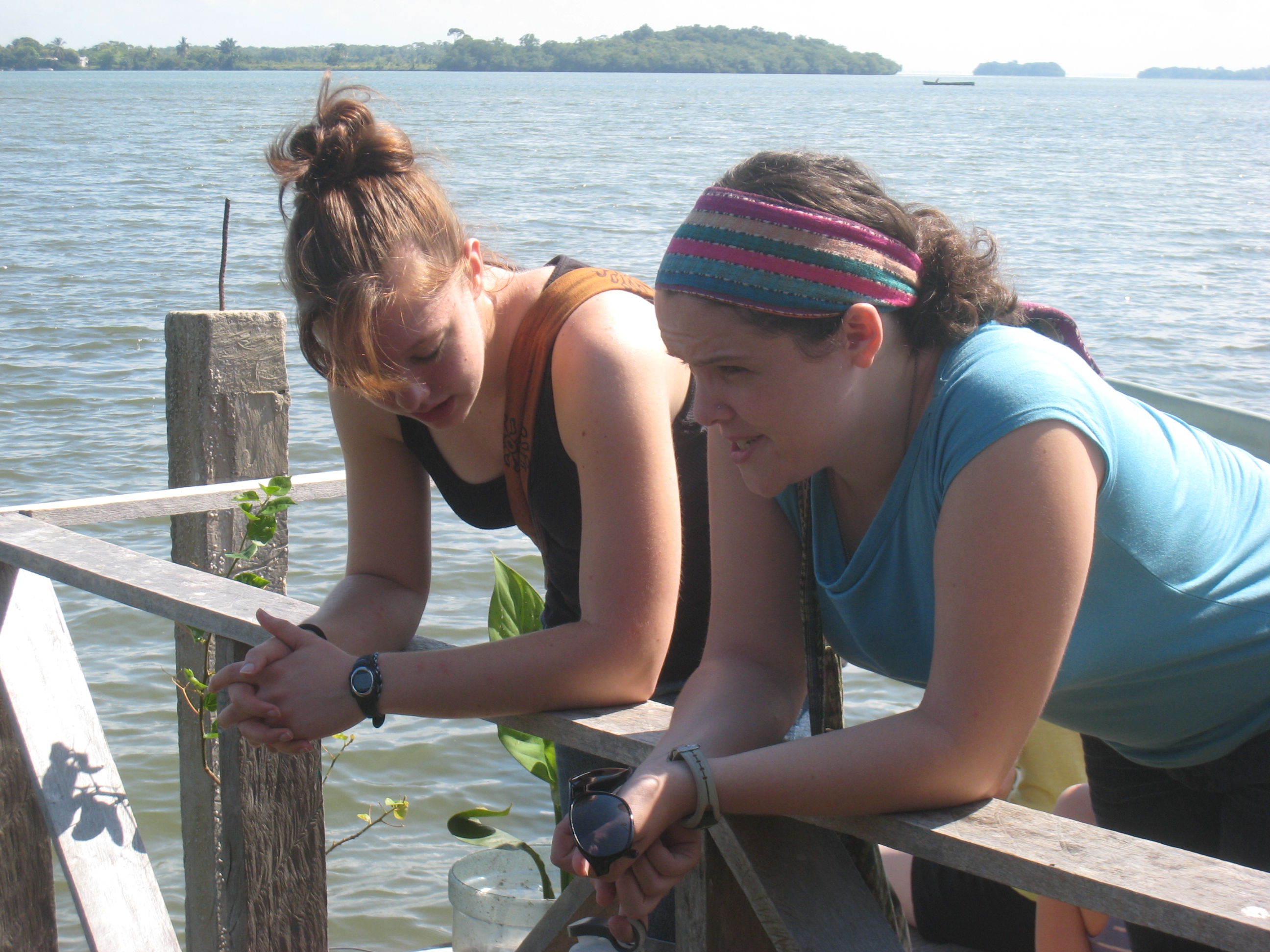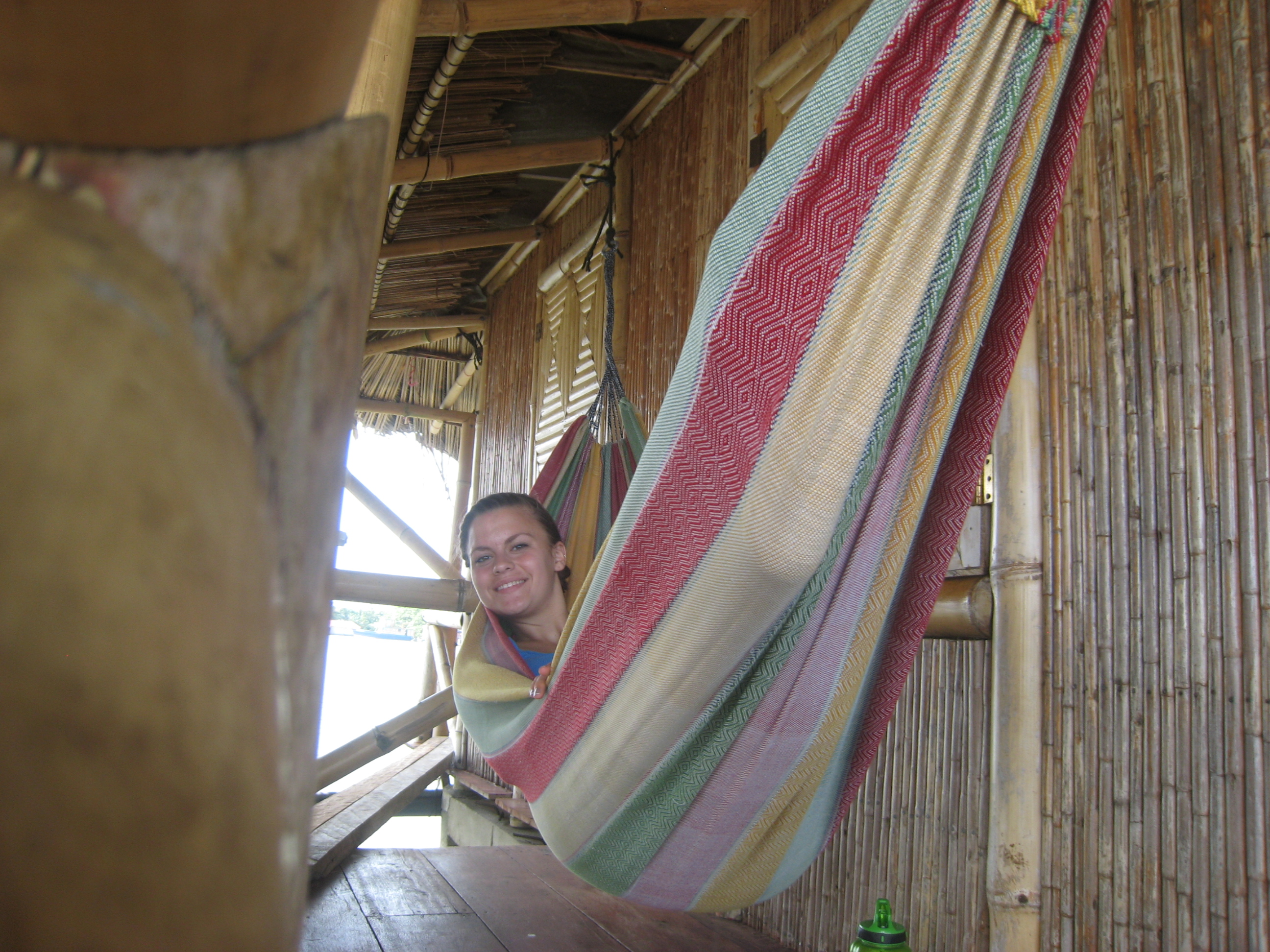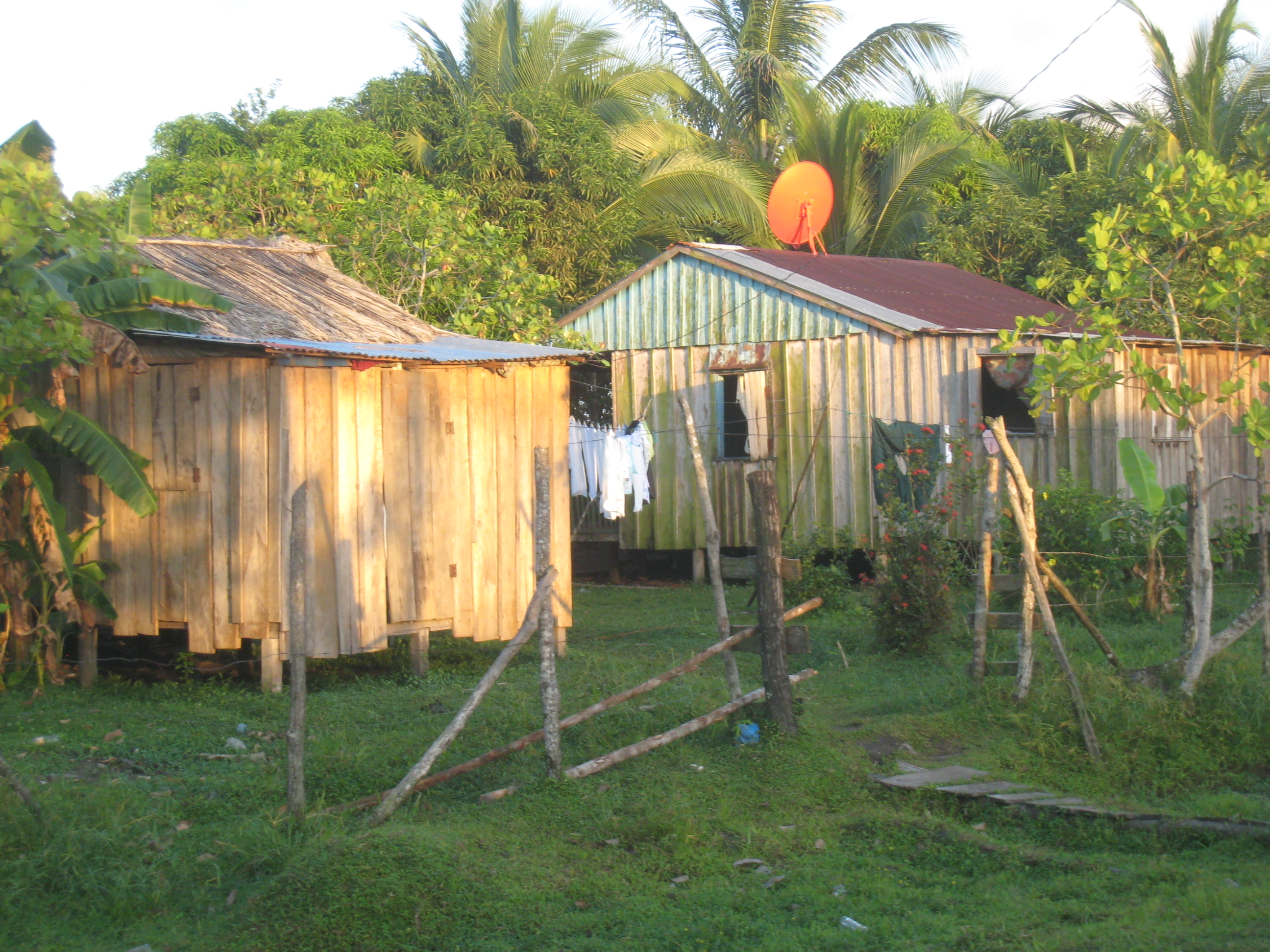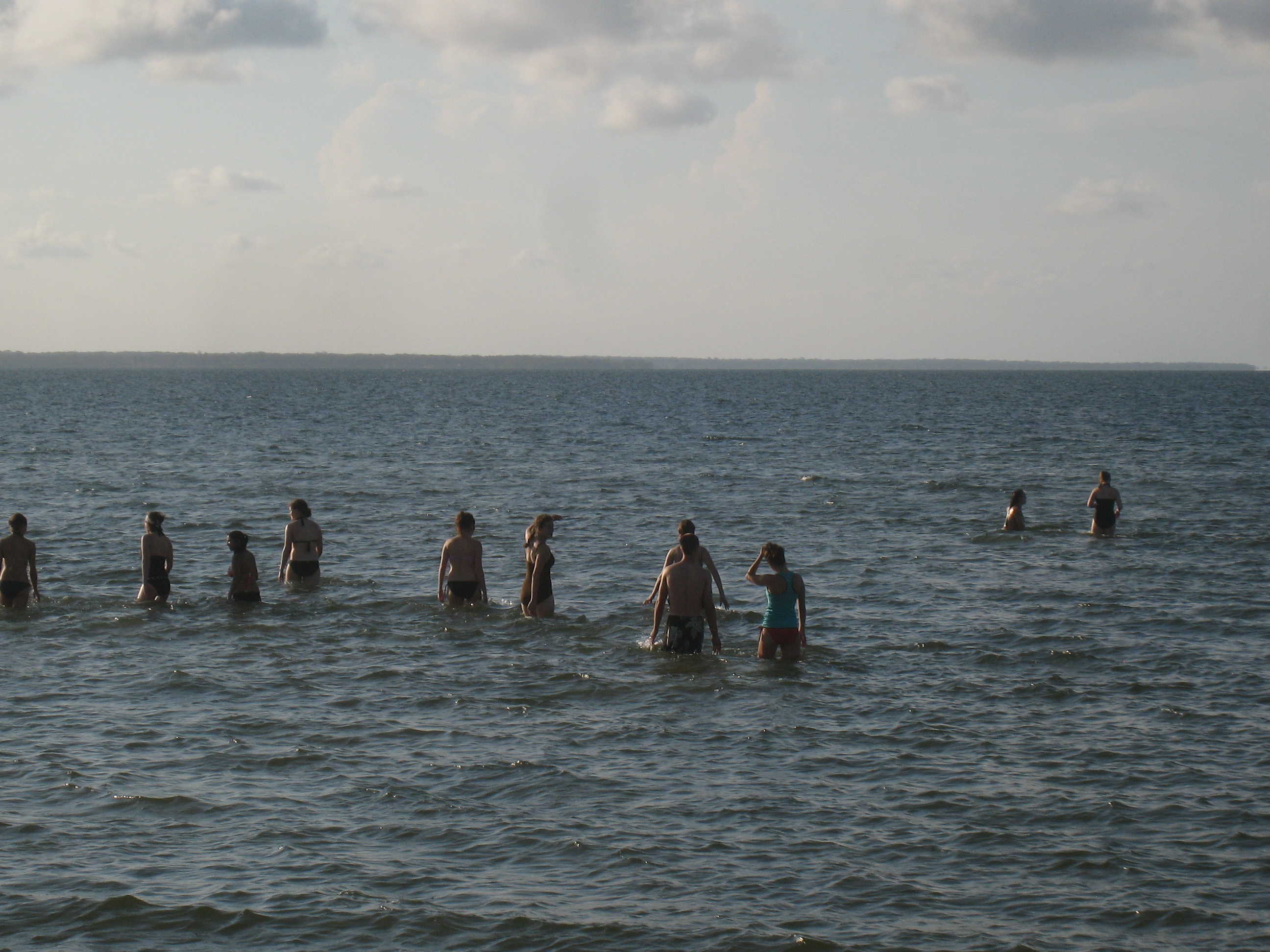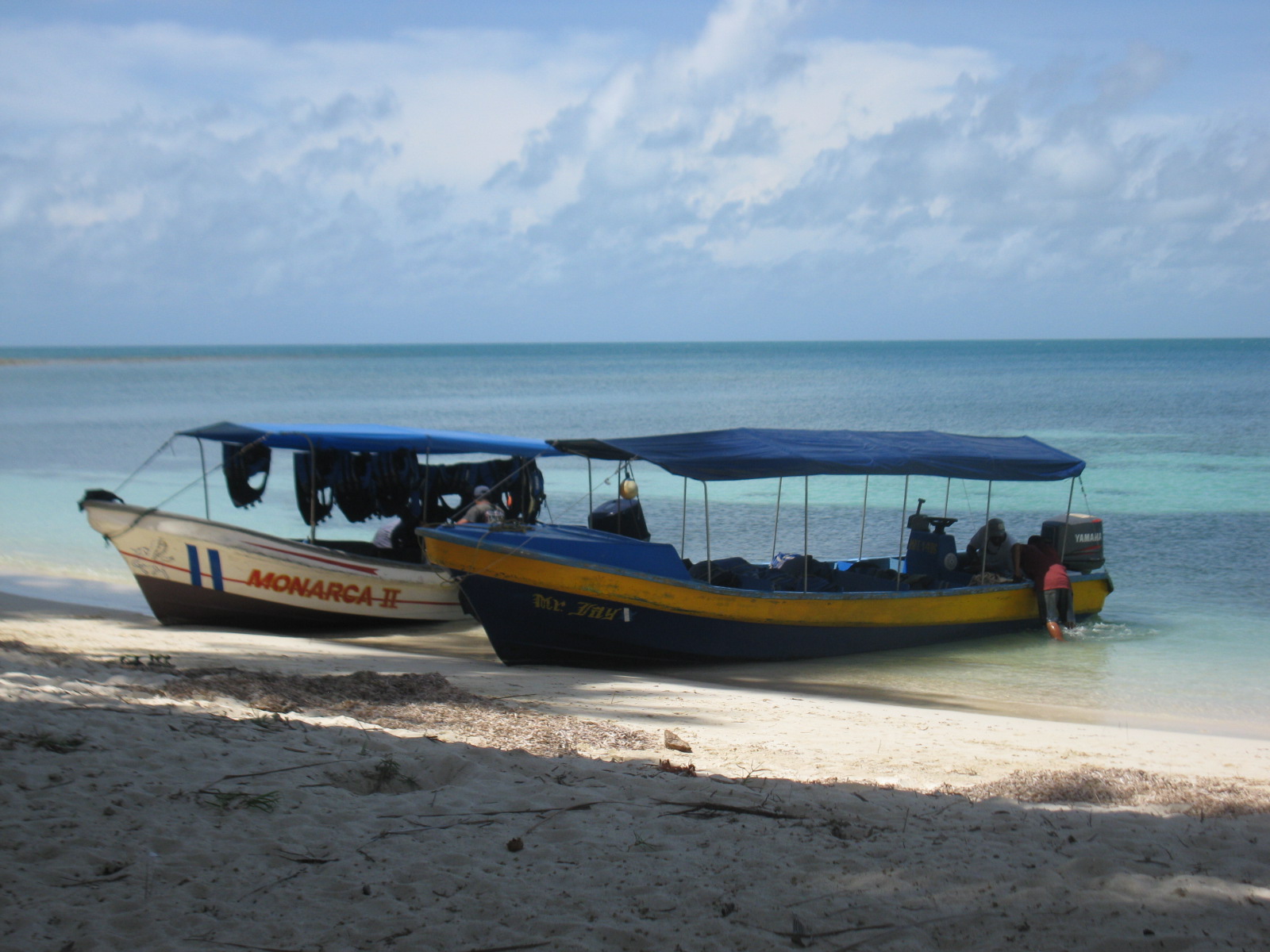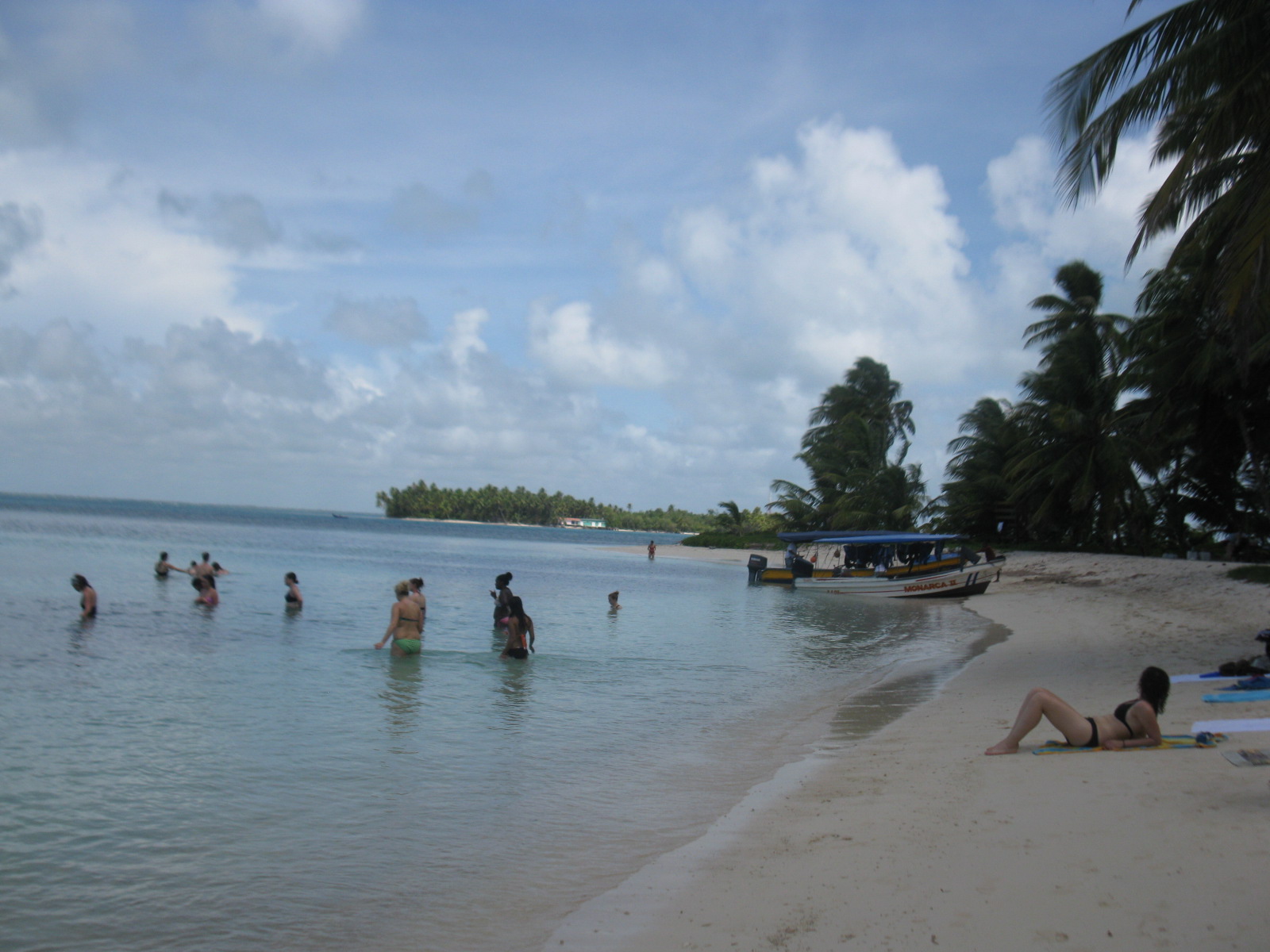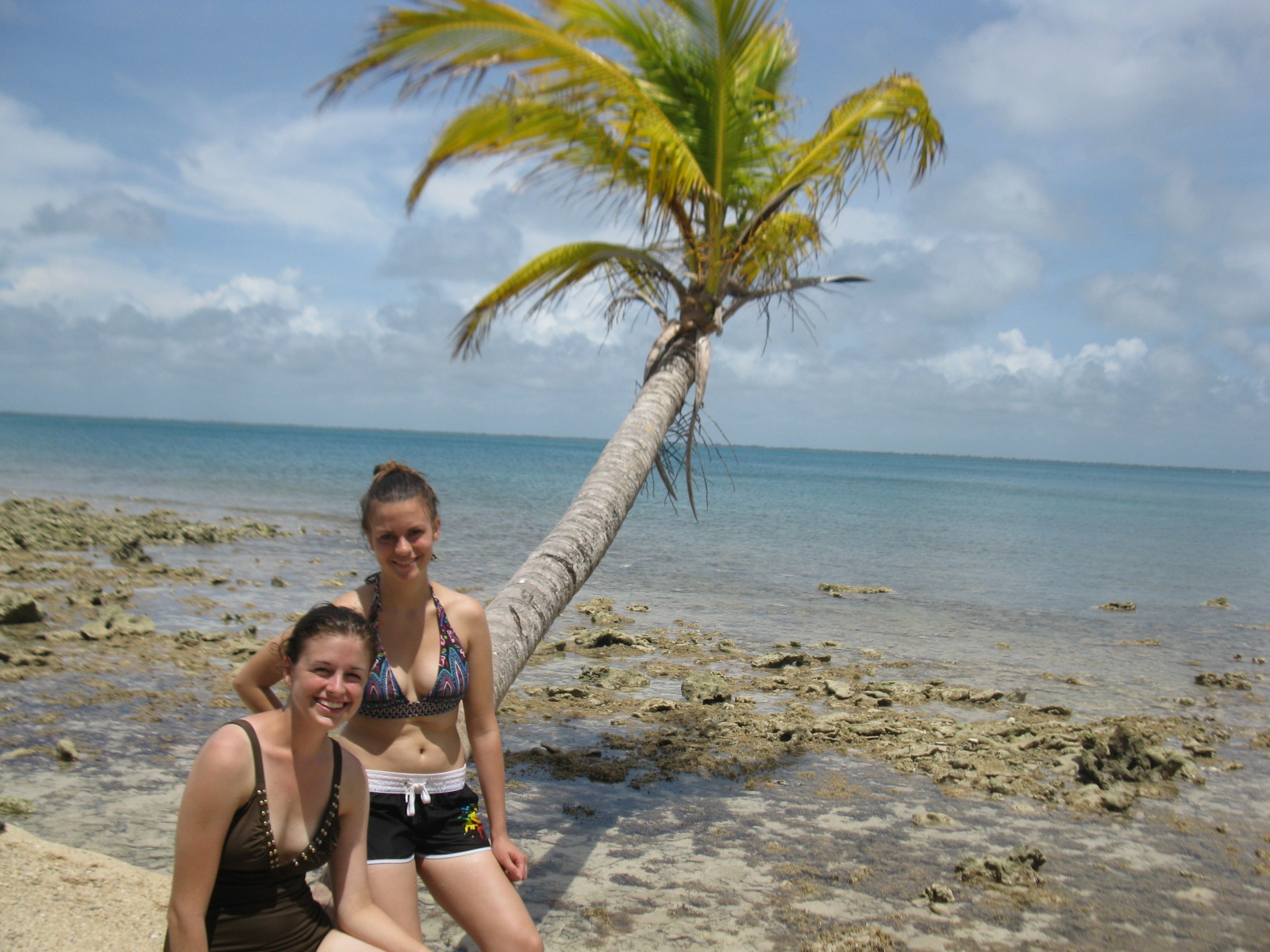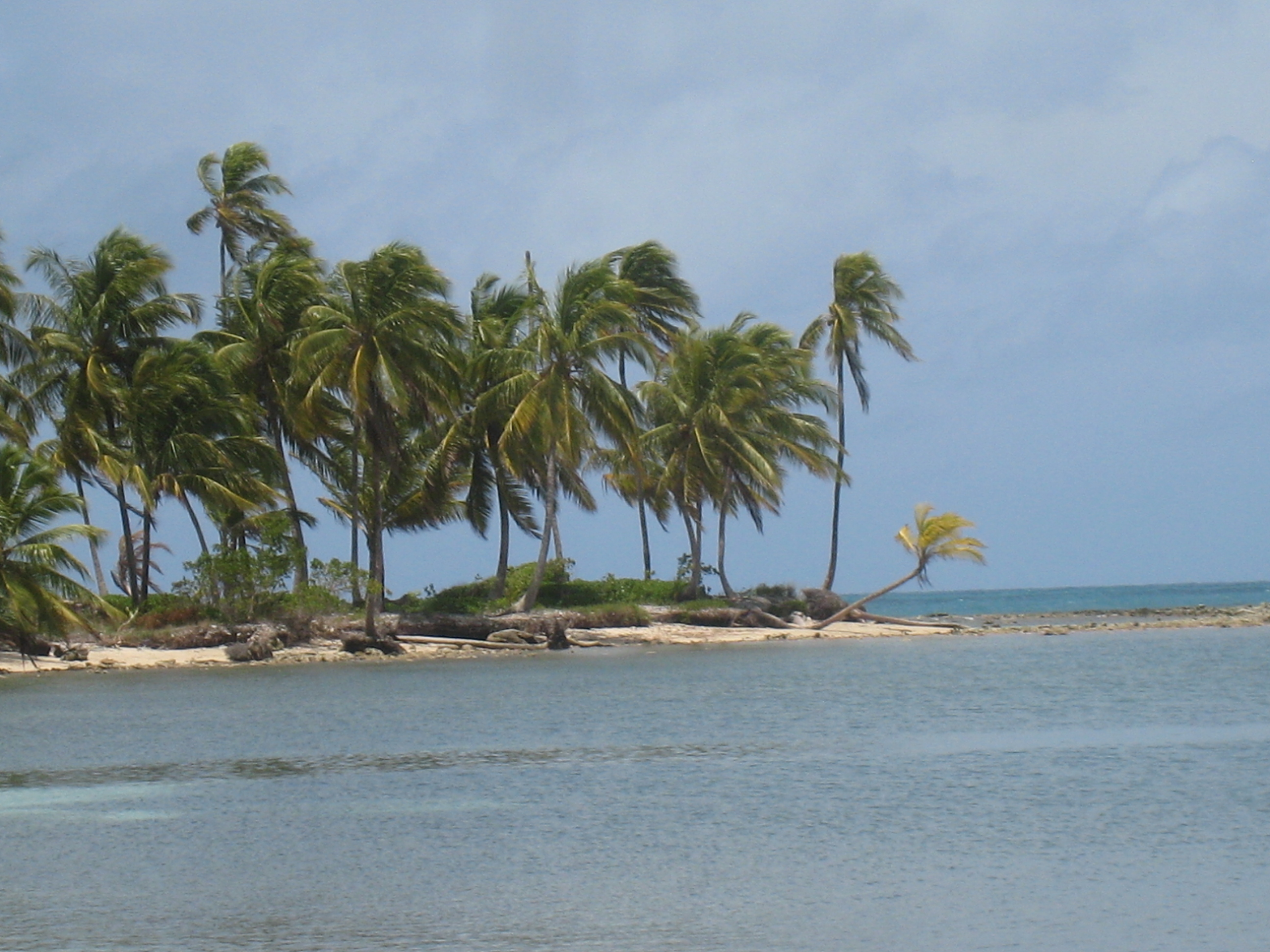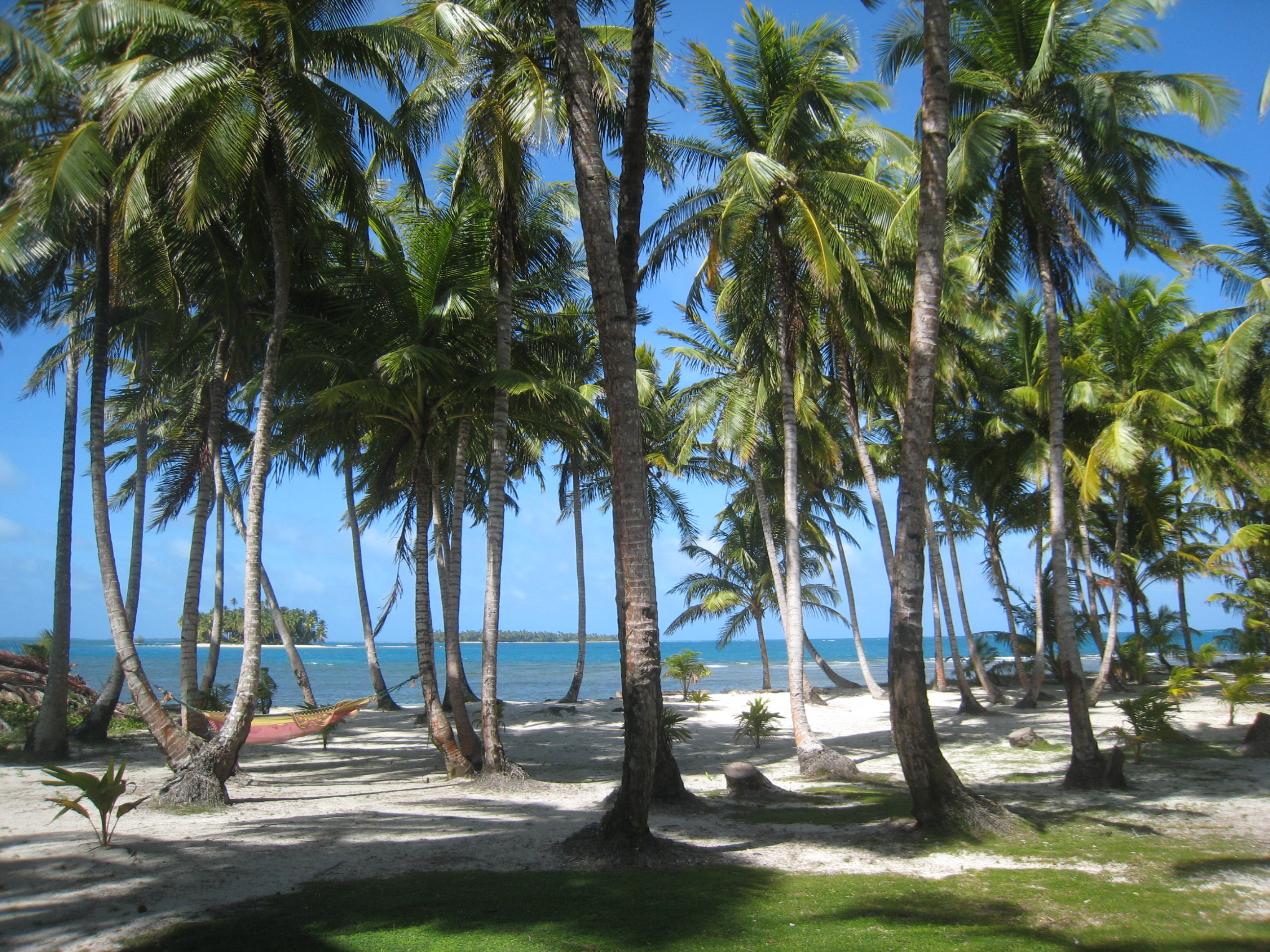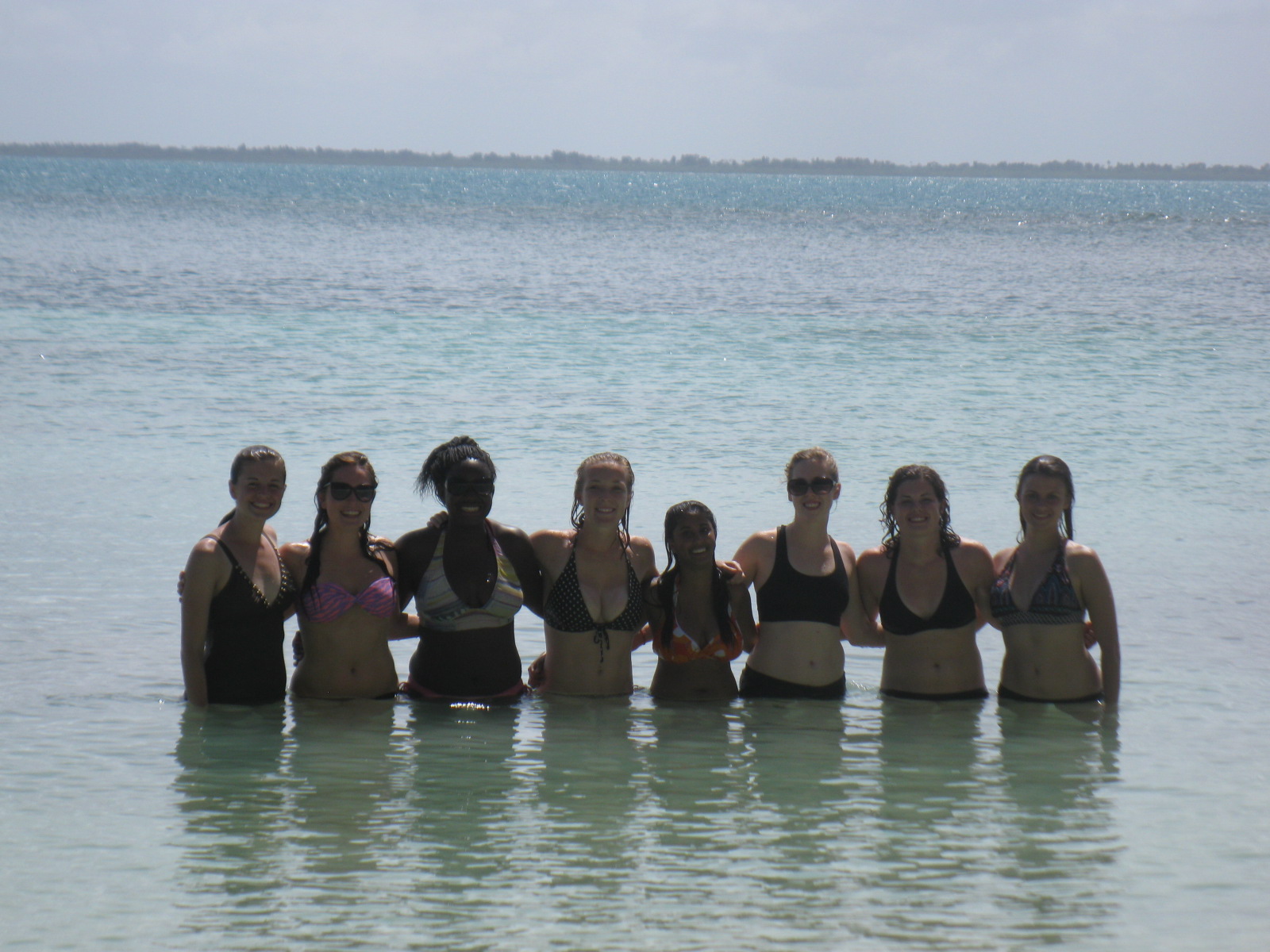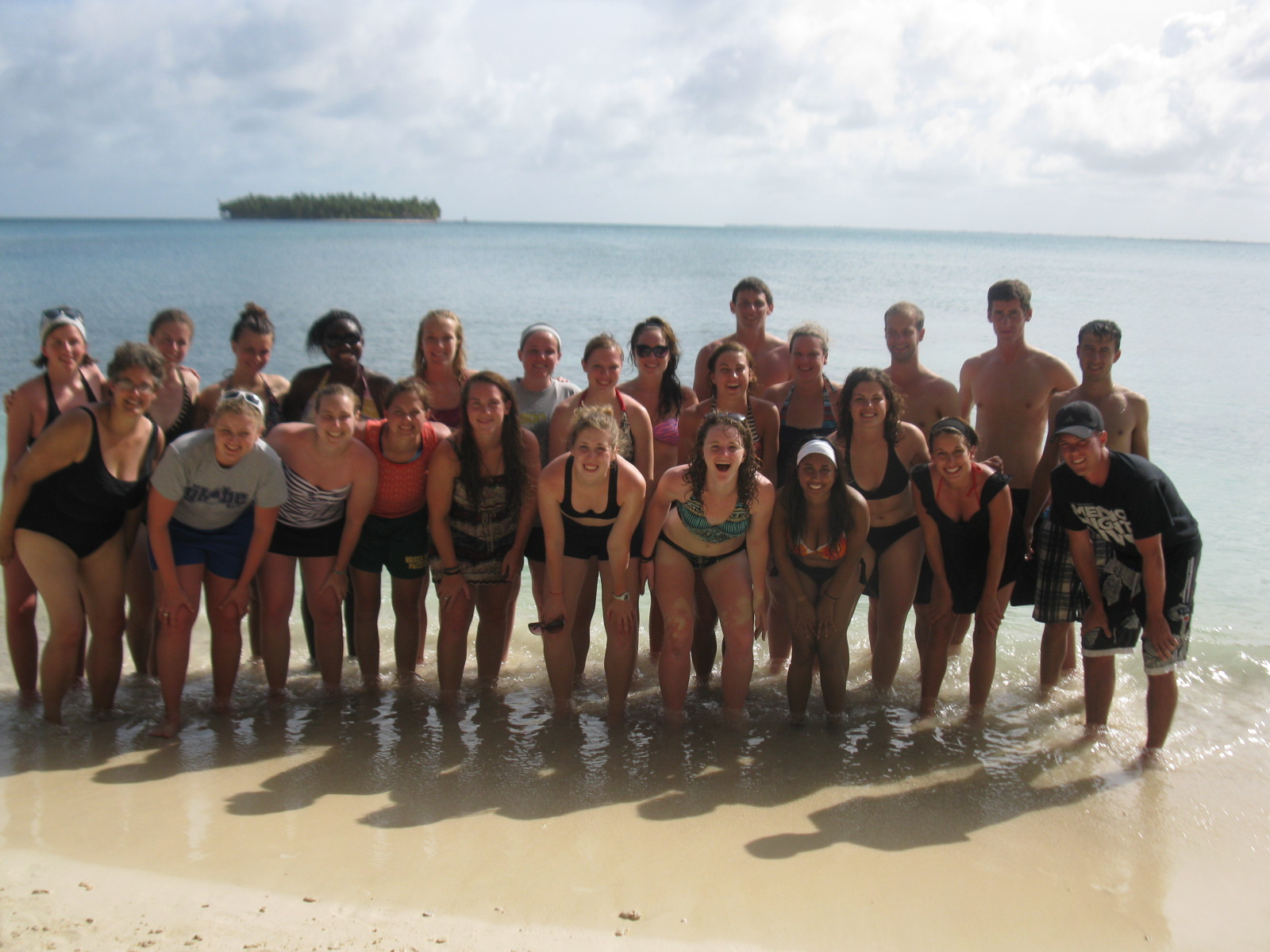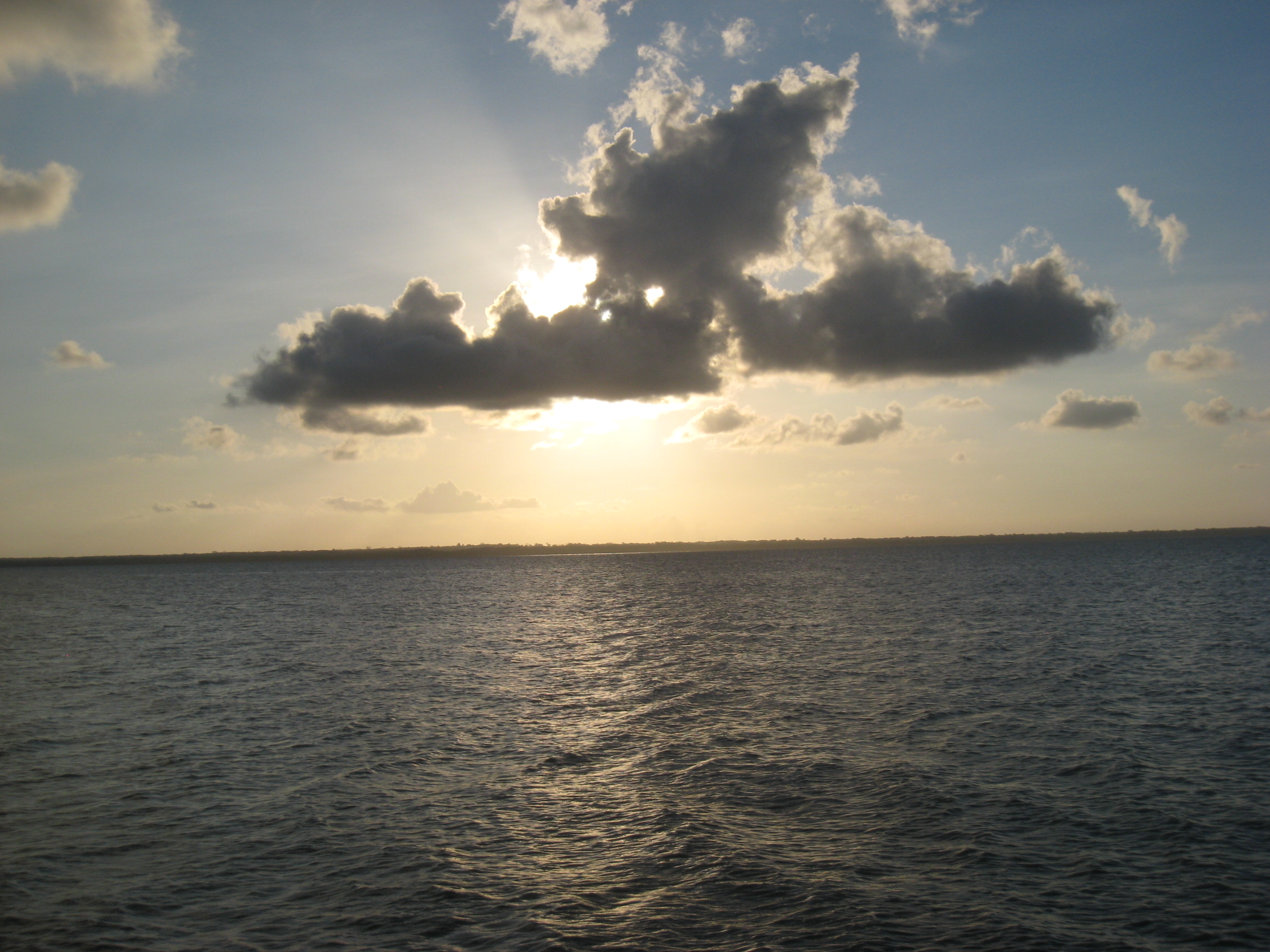East Coast Trip
First things first; happy belated Mother’s Day. Here in Nicaragua, Mother’s Day isn’t celebrated until May 30th, but we frequently think about our mothers back home. Sunday, May 13 (U.S. Mother’s Day) was a full day of travel back from the East Coast of Nicaragua.
Early Thursday morning, May 10, we left for our trip to the East Coast. Students were excited for their first field trip and this group time where they can speak English and spend time together. We left Quinta Goshen at 7am (student were punctual and arrived by 6:30am) and enjoyed a 6 hour bus ride with Martin and Julio (our bus driver and ayudante). We arrived in El Rama where two pangas (speed boats) were waiting for us. We loaded up all our luggage, water, and food for the weekend, put on our lifejackets and spent 2 ½ hours gliding along the Rio Escondido and other smaller rivers until we arrived at Pearl Lagoon. The scenery is very different from what we have experienced on the Pacific coast. For supper we enjoyed a delicious meal of fish and shrimp in a coconut sauce with a gorgeous view of the lagoon.
On Friday morning students were able to sleep in since breakfast wasn’t until 8am. We had beans (breakfast of champions!) with coconut, journey bread (a local bread that was made for fishermen to take with them on their fishing trips as it lasts for several days), and local tea. We spent the rest of the morning and early afternoon listening to Johnny Hodgson share with us the complicated history of the east coast region of Nicaragua. The east coast is an autonomous region and throughout the whole lecture, Johnny always referred to the Pacific coast as Nicaragua and the east coast as Miskito coast/Atlantic coast. It is interesting to here from one of the people responsible for helping the region become autonomous. The east coast is now divided into two regions – Region Autonomo Atlantico Norte (R.A.A.N) and Region Autonomo Atlantico Sur (R.A.A.S). After Johnny’s lecture we walked about 30 minutes to the Miskito community of Awas. The Miskitos are one of many indigenous groups on the east coast. We sat next to the lagoon and listened to two members of the community tell about life in their village. One spoke in Miskito and the other in English (with some Creole at times). It was a nice break from Spanish. We then all jumped in the lagoon for a quick swim to cool off.
Saturday was the day many students were anticipating – a trip to the beautiful Pearl Cayes. We had another early start to the day as the ocean is ‘smoothest’ in the morning. Our private island was an hour boat ride away, and once we left the lagoon and were in the ocean the adventure truly begun. We held on to the seats and those around us as there were several waves that lifted us out of our seats, enough that one bench broke upon landing on it. We all laughed and shouted and the captain smiled at us. We spent the day on the beach soaking in the sun and admiring the crystal clear water of the Caribbean. We headed back to Pearl Lagoon exhausted and got to bed early so that we could have another early start back to Jinotepe on Sunday.
Rainy season starts around the middle of May here in Nicaragua and we were wishing for no rain until at least May 13th. We were extremely lucky as it didn’t start raining until about 2 hours after getting back from the beach on Saturday. Because it is rainy season we got to experience a small part of the boat ride back to El Rama on Sunday in the rain under a tarp and then watch as Martin and Julio loaded the bus in the rain.
With the rainy season we have had cooler weather which we really enjoy.
